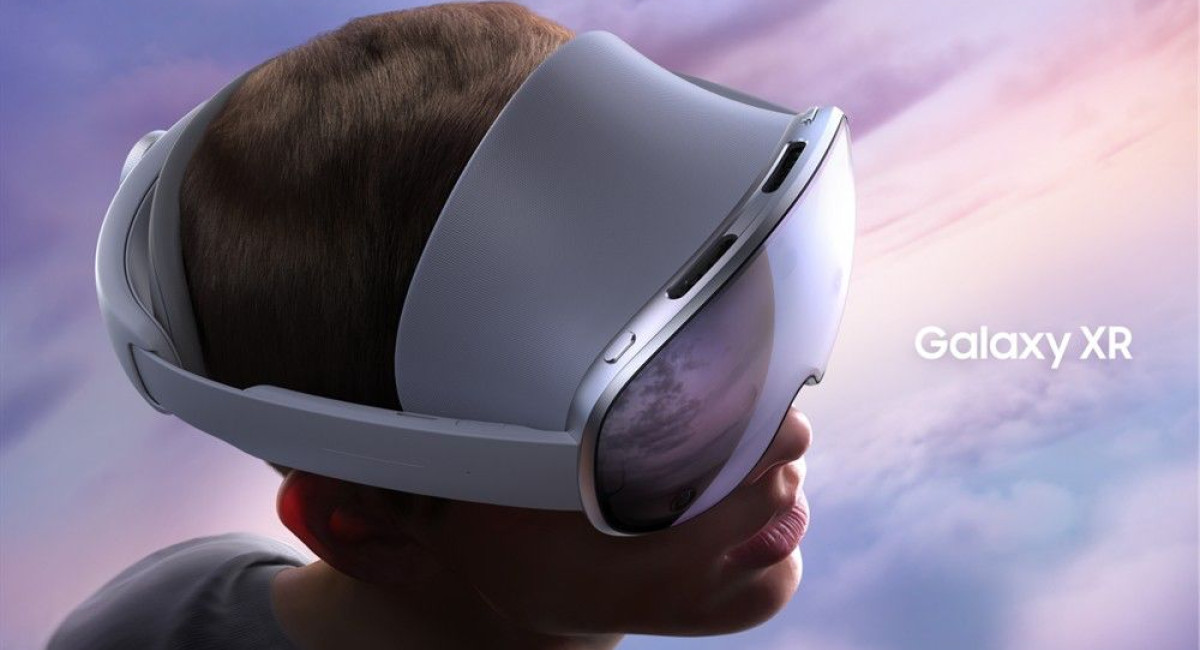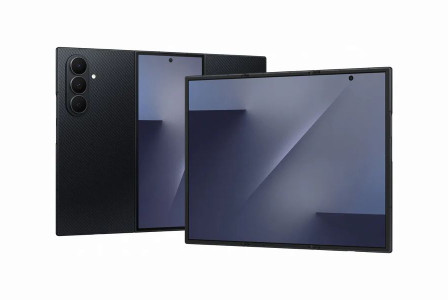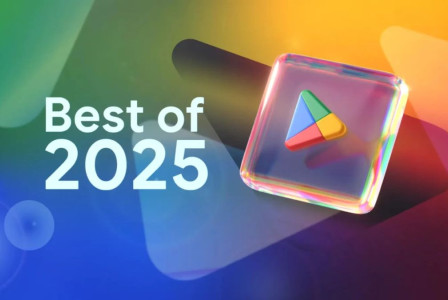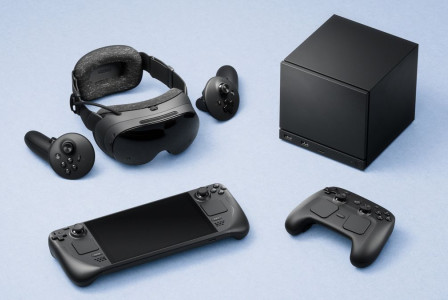SEARCH
Samsung Galaxy XR is the answer to the Apple Vision Pro

SHARE IT
Samsung Electronics has officially unveiled the Galaxy XR, a completely new category of device that aims to redefine immersive digital experiences. It’s the first device based on Android XR, the platform co-developed by Google and Qualcomm Technologies, designed to bring the power of artificial intelligence into a fully multi-sensory environment. The Galaxy XR isn’t just a headset — it’s the first step in a long-term strategy that will extend across the entire XR product line, including Samsung’s future AI glasses.
Won-Joon Choi, Chief Operating Officer of Samsung’s Mobile eXperience Business, described the Galaxy XR as “the beginning of an entirely new mobile device ecosystem.” With the power of Android XR, Samsung aims to bring its vision of mobile AI into everyday life — where artificial intelligence becomes part of the human experience, not just a tool that follows commands.
According to Sameer Samat, President of the Android Ecosystem at Google, Android XR is “the first platform designed entirely for the Gemini era,” referring to Google’s new AI ecosystem. He emphasized that the collaboration with Samsung opens the door to “new ways of exploring, creating, and connecting” within a unified, open computing environment.
From Qualcomm’s side, Alex Katouzian stated that the Galaxy XR “embodies a future where AI and XR convergence redefines the limits of personal computing,” predicting new use cases across industries such as education, manufacturing, and entertainment.
The Galaxy XR’s biggest innovation lies in how it integrates Google’s Gemini AI system directly into its operating system. AI here doesn’t act as a passive assistant waiting for instructions — it becomes an active companion that understands the user’s surroundings. Through voice, gestures, and visual recognition, Galaxy XR perceives what the user sees and hears, enabling natural, almost human-like interactions.
For instance, a user can ask for information about an object in front of them simply by drawing a circle in the air — a gesture that activates Circle to Search. Similarly, in pass-through mode, the headset can transform the physical world around the user into a field of exploration and interaction.
Samsung claims the Galaxy XR is more than just a device — it’s the core of a new, expandable XR ecosystem. Built jointly with Google and Qualcomm, Android XR fully supports Android apps, allowing them to run without any additional adaptation. Furthermore, thanks to compatibility with OpenXR, WebXR, and Unity, developers can easily bring their experiences to the new platform, paving the way for a rich ecosystem of apps and services.
The Galaxy XR was designed with comfort and long-term use in mind. Its weight is carefully balanced; the frame evenly distributes pressure between the forehead and the back of the head, and the battery is placed in a separate module to reduce fatigue. It also features a removable light shield, enabling users to switch between a lighter or fully immersive experience depending on the activity.
Apps already optimized for Galaxy XR include Google Maps, YouTube, Google Photos, and Circle to Search, bringing daily navigation, learning, and entertainment to an entirely new level. Users can explore 3D maps, receive personalized suggestions from Gemini, or watch videos and view photos that automatically transform into 3D, turning ordinary memories into vivid, lifelike experiences.
Samsung places strong emphasis on productivity and creativity. Through apps like Adobe’s Project Pulsar, users can edit videos with cinematic depth, add captions or 3D elements in space, while gamers enjoy enhanced experiences with real-time coaching powered by Gemini.
The headset runs on Snapdragon XR2+ Gen 2, with the Hexagon NPU providing enhanced AI processing and top-tier image quality through 4K Micro-OLED displays. With up to 2.5 hours of battery life, Galaxy XR promises uninterrupted immersion — whether for entertainment, work, or virtual learning.
Samsung also envisions the Galaxy XR as a powerful business tool. The company is already collaborating with Samsung Heavy Industries to create virtual training programs for shipbuilding, and with Qualcomm to develop XR applications through Snapdragon Spaces. The goal is to deliver XR solutions that can enhance productivity, safety, and remote collaboration across industrial environments.
The Galaxy XR is only the beginning. Samsung is already working on new form factors, including AI glasses, in partnership with Google, Warby Parker, and Gentle Monster. These upcoming products will blend advanced XR technology with fashionable design and everyday practicality, transforming search, work, and entertainment into boundless experiences.
The Galaxy XR will launch on October 21 in the U.S. and October 22 in South Korea, priced at $1,799.
MORE NEWS FOR YOU

 Help & Support
Help & Support 

